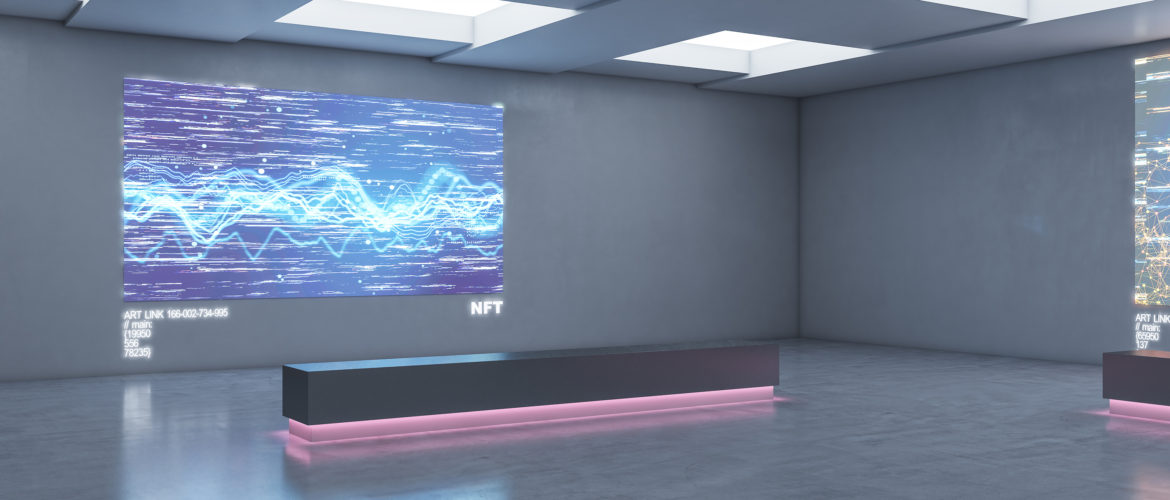The Evolving Experience of Art in Galleries: Impact of Innovation

A classical idea of art creation and consumption revolves around its static nature. An artist draws a painting or carves a sculpture, leaving it unchanged for their contemporaries and future generations. The final form is the artist’s ultimate creative vision is what viewers embrace when admiring classical art in galleries. However, recent technological advancements have changed many things in art presentation and consumption by adding new, unprecedented layers of experience. Here’s how art is evolving from a passive observation object to a participatory, sensory experience.
Technology as a Bridge for Experiencing Art in Galleries
While many perceive technology as a barrier to classical art forms, forward-looking and future-ready artists and art institutions eagerly embrace the new opportunities it offers. Immersive exhibitions draw crowds, with interactivity deepening visitor engagement and making art accessible to broader audiences. Initiatives like Culturally Arts Collective ensure global accessibility of art to people who can’t travel across long distances to attend live exhibitions. Digitalized art forms also attract young, tech-savvy generations that feel alienated in classical gallery settings.
Interactivity and Appeal to Senses
The innovative pressures of digital immediacy dictate new rules for art creation and audience engagement. The rise of augmented and virtual reality (AR/VR) technologies, projection mapping, and responsive soundscape production has opened new ways of experiencing art. Gallery visitors have recently received a unique chance to enter a painting, touch light, or interact with the art piece dynamically using motion or sounds. These changes relate to classical, old works and innovative art objects alike, thus inviting gallery visitors to dynamic environments with numerous responsive elements.
The Present and Future of Contemporary Art
Art galleries face the dual challenge of keeping their activities within the classical realm of intellectually stimulating, contemplative exploration of classical artwork and keeping pace with emergent technologies. Some successful examples of such fusion may be found in the Van Gogh Alive and Monet & Friends projects, where original canvases by renowned masters are displayed side by side with hi-tech, interactive projections. While physical objects ground visitor experience in classical terms, digitally enhanced elements invite interaction and present new angles for perceiving artwork.
The examples mentioned above, as well as new initiatives and projects emerging every day, make art in galleries a dynamically evolving concept. The evolution of exploring art and interacting with it is evident, giving all participants in the industry new opportunities and experiences. While classical ways of seeing and feeling art are unchanging, participation and co-creation of meaning also gain momentum among avid art enthusiasts.
